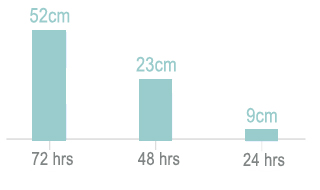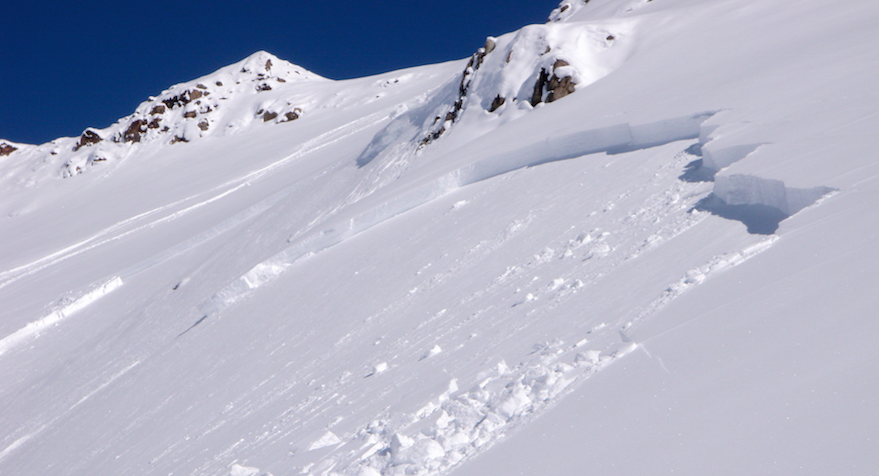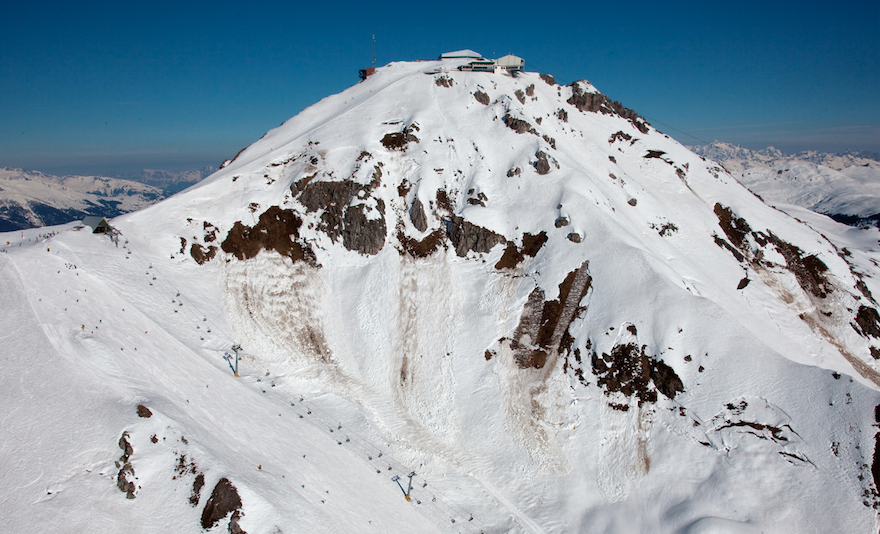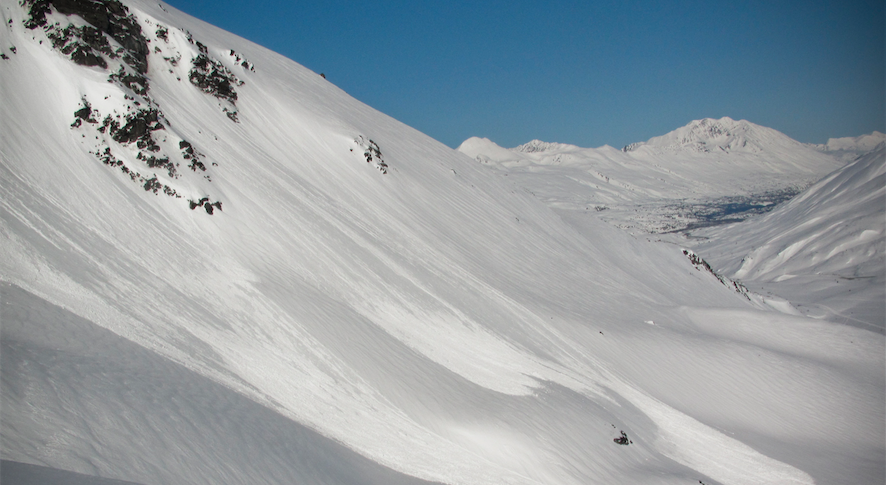
Mt Kalmont
Ride Hard! Ride Safe!

Ride Hard! Ride Safe!

Spending winters in the mountains with nothing but white snow on all sides can be quite relaxing. For those wanting an adrenaline rush, the snow is a great place to go skiing, snowboarding and even having snowball fights. However, being on the slopes means one has to constantly be alert if they don’t want to get caught in an avalanche. The rapid descent of snow may seem harmless, but it can cause a lot of damage to life and property. This is why understanding of avalanches is necessary for those fond of spending their luxury time in the mountains.

FRI, 24/02
3°C
RAIN
DOWNHILL:
UPHILL:
175cm - 300cm
300cm - 350cm
Snow conditions will be soft today.
TOMORROW
SAT, 25/02
3°C, Breeze


To help in understanding of avalanches, they have been classified into four types.

They are common on steep slopes and are seen after a fresh snowfall. Since the snow does not have time to settle down fully or has been made loose by sunlight, the snow-pack is not very solid. Such avalanches have a single point of origin, from where they widen as they travel down the slope.

Loose Snow Avalanches in turn could cause a Slab Avalanche, which are characterized by a the fall of a large block of ice down the slopes. Thin slabs cause fairly small amounts of damage, while the thick ones are responsible for MANY FATALITIES.

A mix of the other forms, Loose Snow and Slab. The bottom half of this avalanche consists of a slab or a dense concentration of snow, ice and air. Above this is a cloud of powdered snow, which can snowball into a larger avalanche as it progresses down the slope. The speed attained by this avalanche can cross 190 miles per hour and they can cross large distances.

These are quite dangerous as they travel slowly due to friction, which collects debris from the path fairly easily. The avalanche comprises of water and snow at the beginning, but understanding of avalanches has showed us that it can pick up speed with ease.